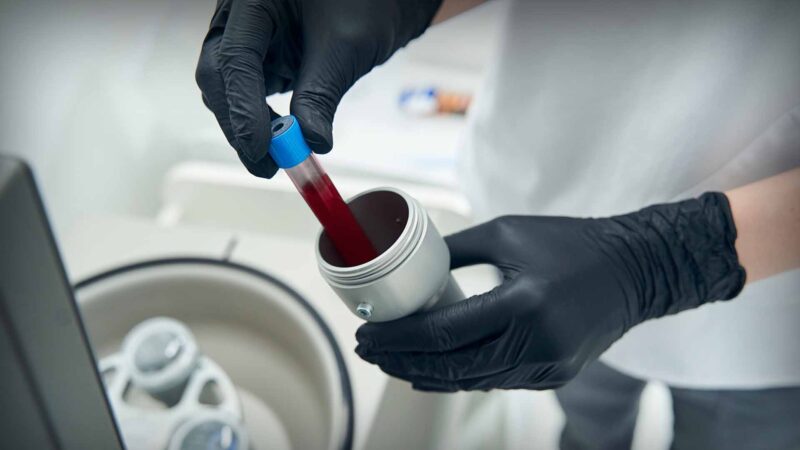PATIENT-PARAMEDIC TRUST CAN HELP FREE UP EMERGENCY DEPARTMENTS
Dr Robbie King,
Senior Advanced Care Paramedic/Community Paramedic,
Sunshine Coast District, Birtinya Station, Queensland Ambulance Service &
Lecturer & Researcher (Paramedicine), Australian Catholic University (ACU)
PEOPLE IN HEALTH CARE SEGMENT
Filmed in Brisbane, Queensland | December 2024
Dr. Robbie King is a Senior Advanced Care Paramedic with the Queensland Ambulance Service and a community paramedic. He is also a lecturer at the Australian Catholic University in Brisbane. After studying paramedicine and working as a student paramedic since 2009, he recognised that most patients attended by ambulance services did not require emergency interventions.
About a decade ago, Queensland Ambulance implemented the Local Area Assessment and Referral Unit, a community paramedic program. In his role at Queensland Ambulance Service, Dr. King has spent the past six years focusing on patients who may not need traditional emergency responses. His work involves performing enhanced assessments to understand patients’ psychosocial needs and determining appropriate healthcare pathways.
Dr. King’s PhD research consisted of quantitative and qualitative studies. The quantitative study analysed data from 1.5 million people who contacted New South Wales Ambulance Service, revealing that 12.6% were not transported to emergency departments. Notably, around 43% received emergency responses, yet many were found simply in need of reassurance.
The qualitative study involved interviews with 21 subjects from various regions, leading to the development of a theory centred on self-efficacy. The findings indicated that patients often experienced a loss of independence but gained self-reliance and confidence through compassionate, competent care from paramedics, allowing them to better manage their circumstances after the paramedics left.
Australian Health Journal spoke with Dr Robbie King earlier this year on his findings and what it could mean for paramedicine policy, education and practice.
You Might also like
-
Practising to top scope of urology practice, advancing treatment & patient care through research
Michael is a urology nurse practitioner with a special interest in prostate cancer survivorship, and has worked in urology for the past ten years. Michael has completed the Prostate Nursing Care course at Latrobe University, Graduate Certificate of Health with a specialisation in Scheduled Medicines (USQ), and the Master of Nursing (Flinders) to become a Nurse Practitioner in 2024.
As a Urology Nurse Practitioner he divides his time between the Australian Prostate Centre and Western Urology.
-
Maximising benefits, minimising harms in population health screening
Population screening is an important contributor to advancing health outcomes through the early detection of and successful intervention for chronic disease. The evolution of science, technology and evidence relating to diseases which are or may be amenable to a population screening approach deserve broad discussion and the sharing of expertise and evidence. They also warrant close scrutiny in context of health policy and health resource allocation considerations.
In March, Public Health Association of Australia (PHAA) convened Screening Conference Conference 2025 with the theme of ‘Population Screening for Chronic Disease – Maximising Benefits, Minimising Harms’.
-
Pathology technology at a crossroads
The CEO of Pathology Technology Australia, Dean Whiting spoke with Australian Health Journal about the following:
– Pathology Technology Australia’s key priorities in the coming years
– Current local capability in pathology technology compared to other countries
– How the health system supports change and adoption of pathology technology
– How pathology is perceived by the public and in government as well as how developments in pathology technology are followed and understood
– Observations in the Strengthening Medicare Taskforce ReportIn the lead up to the Australian Federal Budget in May 2023, Australian Health Journal reached out to peak health industry bodies to hear about their priorities, either noted in pre-budget submissions lodged with Federal Government in January 2023 or in recent forums such as the Strengthening Medicare Taskforce.



